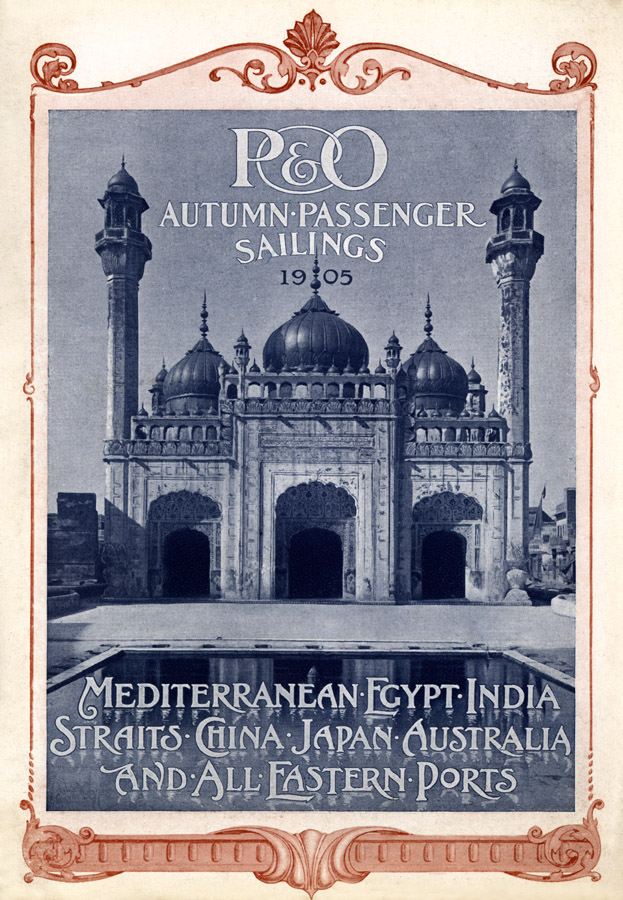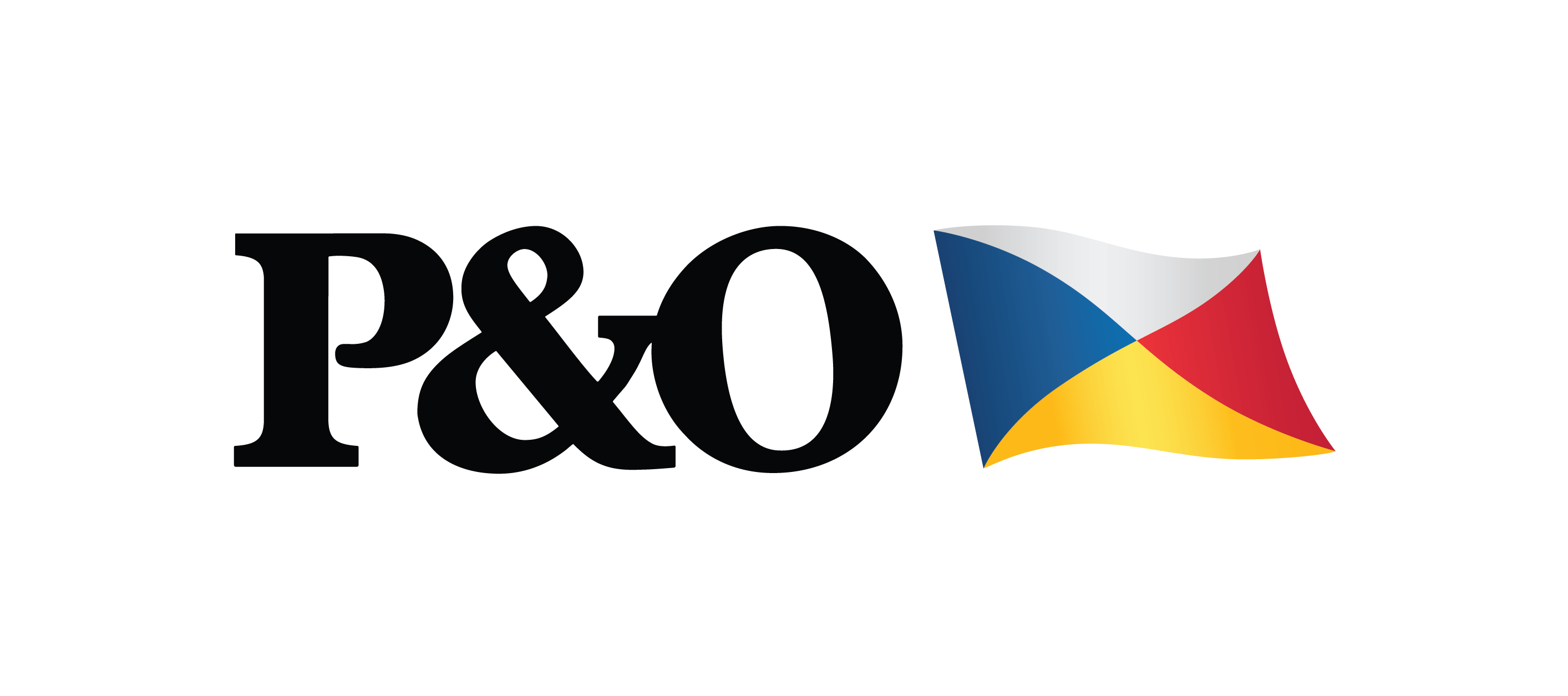Passage to India
This month we are celebrating 70 years of India’s independence with a look back at the origins of our Company’s historic and special relationship with India.
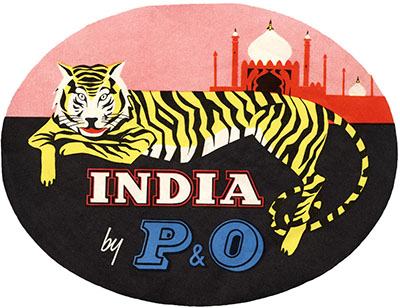
“At the stroke of the midnight hour, while the world sleeps, India will awake to life and freedom.”
Jawaharalal Nehru, 14th August 1947
Early Beginnings
P&O’s founders first considered the idea of “steam communication with India” in 1839. Three years later it became a reality when P&O’s most ambitious steamer, the aptly-named HINDOSTAN, arrived in Calcutta, on 24th December 1842 just two months after leaving Southampton. Soon after P&O established a base in Calcutta and started running a regular mail service.
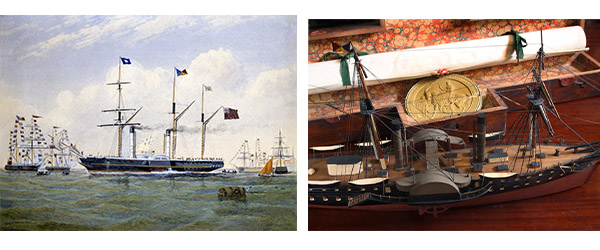
Until the creation of the Suez Canal the journey across Egypt was overland.
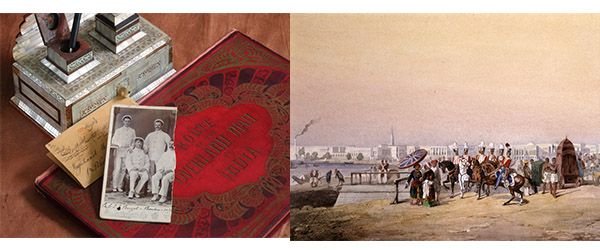
Although Calcutta was the seat of Government, and home to over 3,000 Britons, Bombay was the merchants’ capital and well positioned for routes to China and the lucrative trade in opium and silk. In 1847 P&O secured a foothold in Bombay. Within a few years, the Company had succeeded in deposing the beleaguered East India Company and began operating a weekly mail service alternating between Calcutta and Bombay.
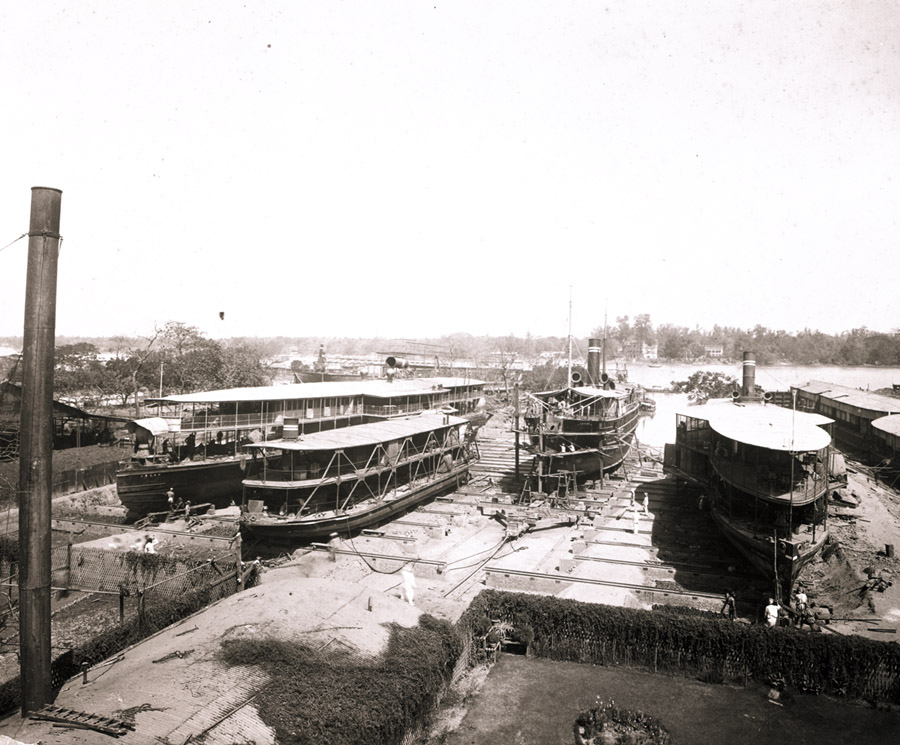
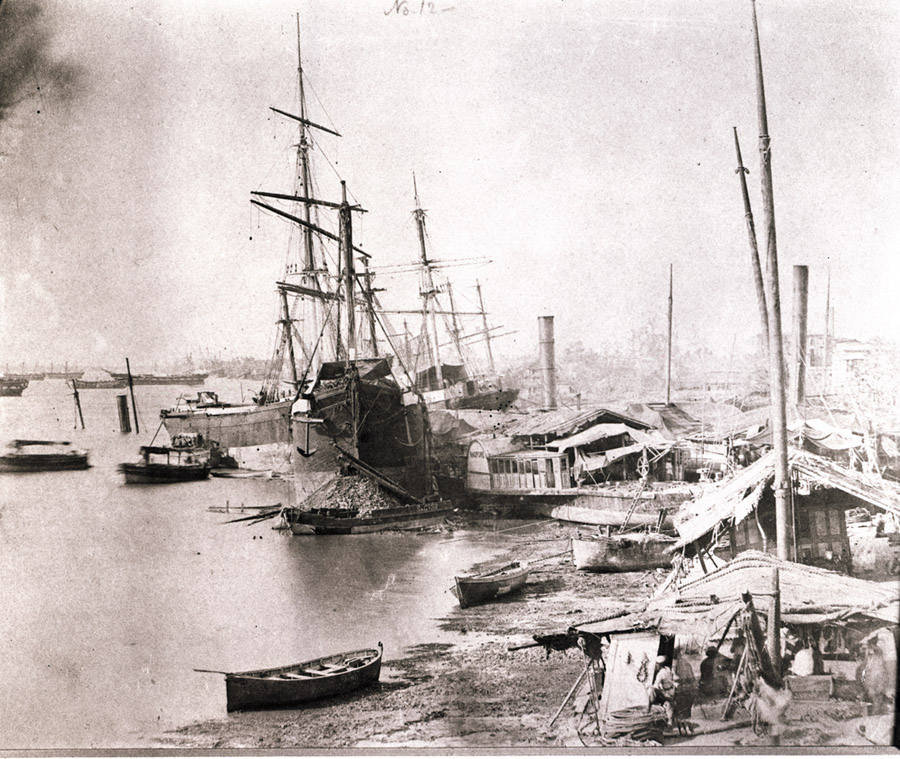 Calcutta
Calcutta
P&O made Magazon Dock in Bombay its main repairing facility in the East with workshops, warehouses, offices and an ice making plant (capable of producing 3 tons of ice a day); and employing a very sizeable local workforce.
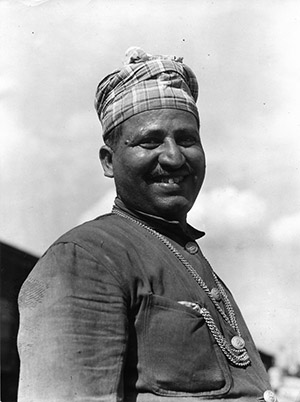
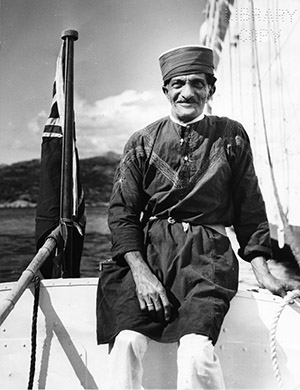
On board ship Indian seamen, or lascars as they became known, were employed from 1842. Quickly proving themselves essential, and far better prepared and able to work in the tropics than their European counterparts, Asian crew made up over half of P&O’s crew by 1866. Writing in the Company magazine in 1955, Watkin-Thomas, praised their lasting contribution:
‘In its long and eventful history, the P&O Company has been fruitfully served by many devoted servants. Not least among them should be numbered the countless thousands comprising Asian crews… Generations of them have come from their humble homes, all over the sub-continent, each to devote the best part of a lifetime to serve in the Company’s ships. In the P&O… they have become an institution.’
British Rule
British rule in India lay in the hands of the East India Company until authority was transferred to the Crown in 1858, in the wake of the Indian Mutiny a year earlier. But it was not until 1877 that Queen Victoria was crowned Empress of India. P&O responded patriotically, naming its latest mail and passenger liner KAISAR I HIND in 1878.
India was run and ruled by London, as Benjamin Disraeli put it in 1881; “The key of India is London”. Trade and communication between the two nations was entirely by sea. P&O proved a vital and regular lifeline and a key instrument of Empire.
As well as the post, the people behind the power - the Viceroys, the military chiefs, the maharajas and the merchants and missionaries all travelled P&O.
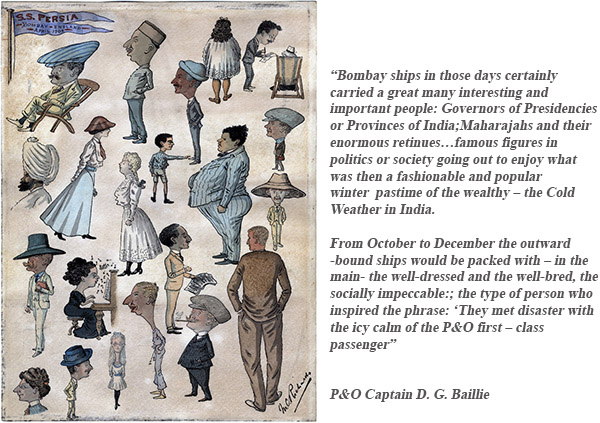
The Empress, Queen Victoria, never visited India but her son and successor, George V, travelled to the Delhi Durbar and made a royal tour of India in 1911 on board P&O’s MEDINA.
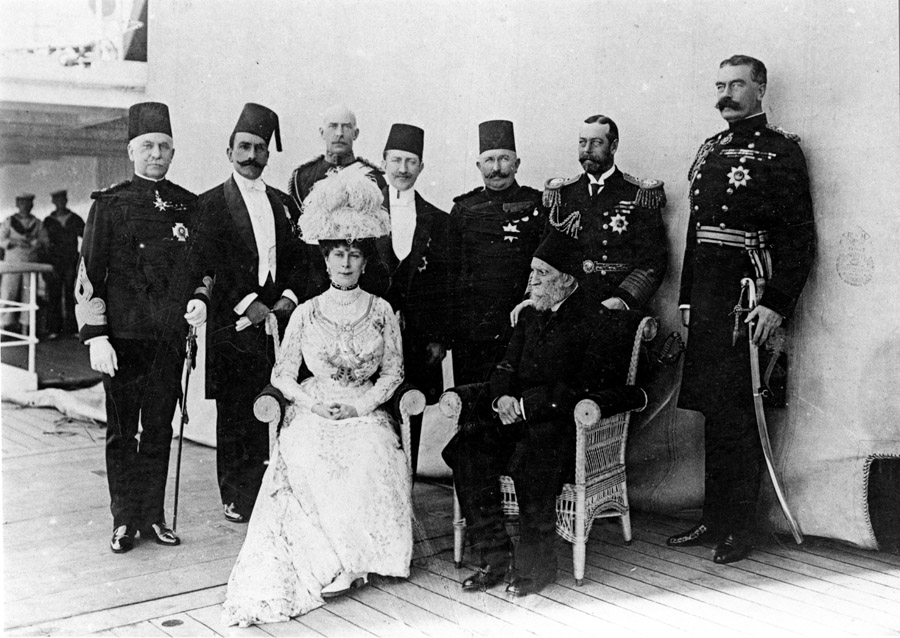
With a presence in Bombay and Calcutta P&O was able to promote ‘tours’ through India in the ‘off season’, using the extensive railway network, arriving and departing by P&O steamer. In peak season, when time was at a premium, the Company ran a seasonal corridor train known as the ‘P&O Limited Boat Express’ from Bombay to Delhi. The train was fitted with ‘baths, electric light and fans’ and accommodated First Class passengers (and their servants) only.
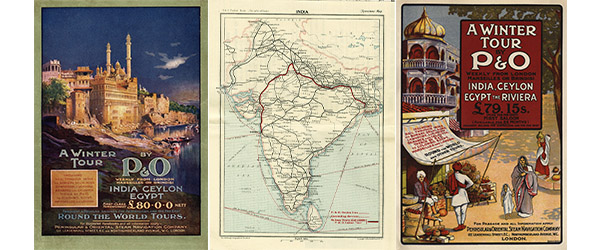
British India
In 1914 P&O further strengthened its ties with India by acquiring British India Steam Navigation Company (BI) (itself founded in Calcutta in 1856). The new Chairman of the joint company was Lord Inchcape, a BI man who had spent the formative years of his career in Calcutta and was ennobled for his services to India.
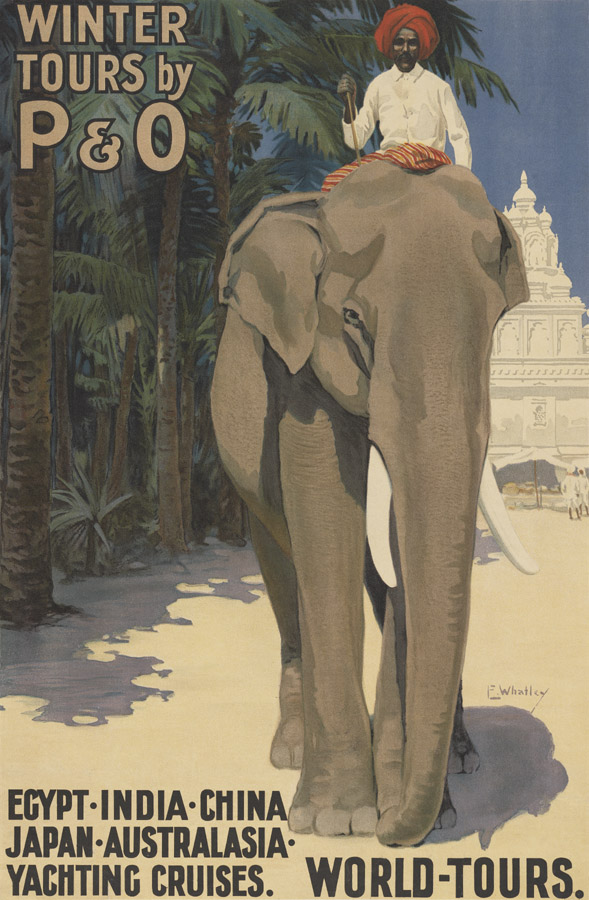
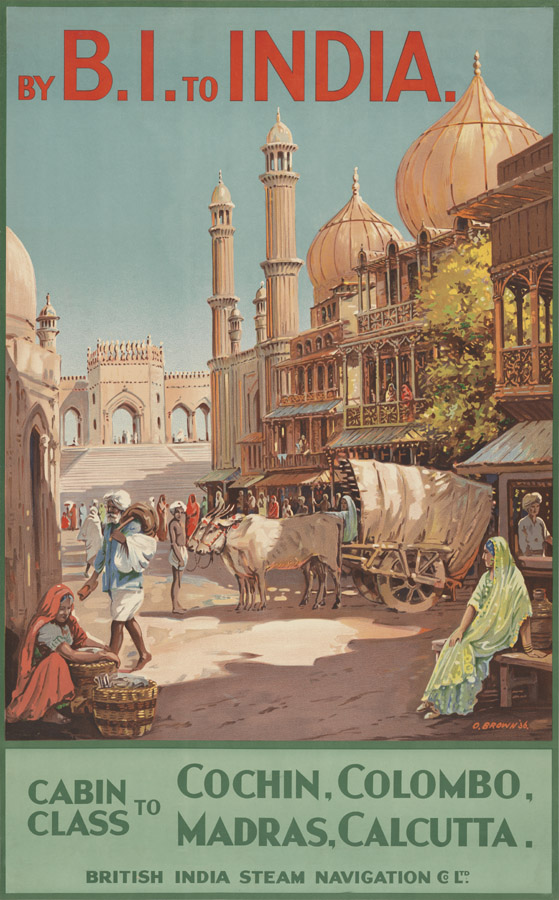
Under Inchcape, P&O launched its most luxurious liner to date and named it the VICEROY OF INDIA in 1929.
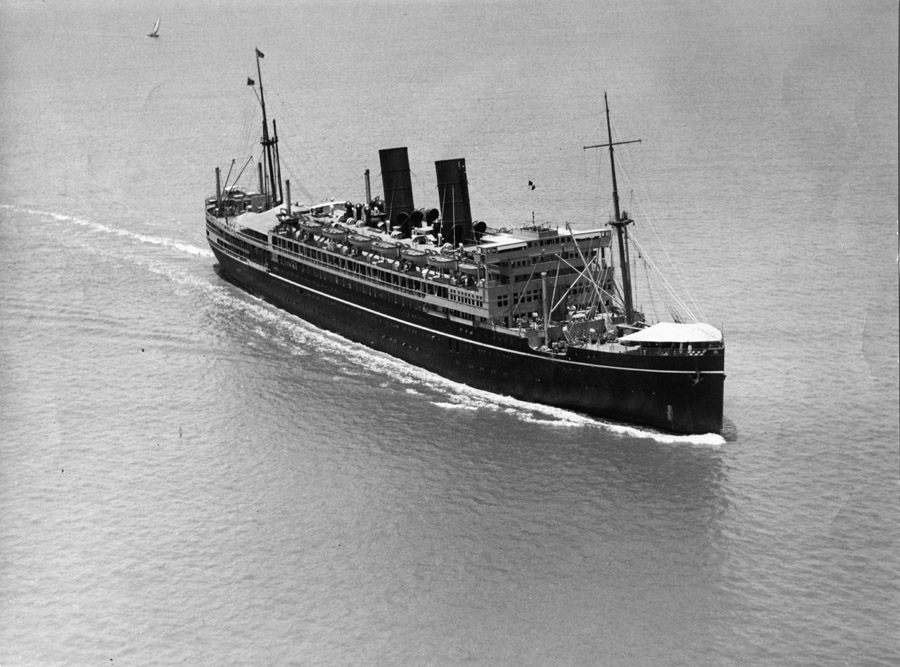
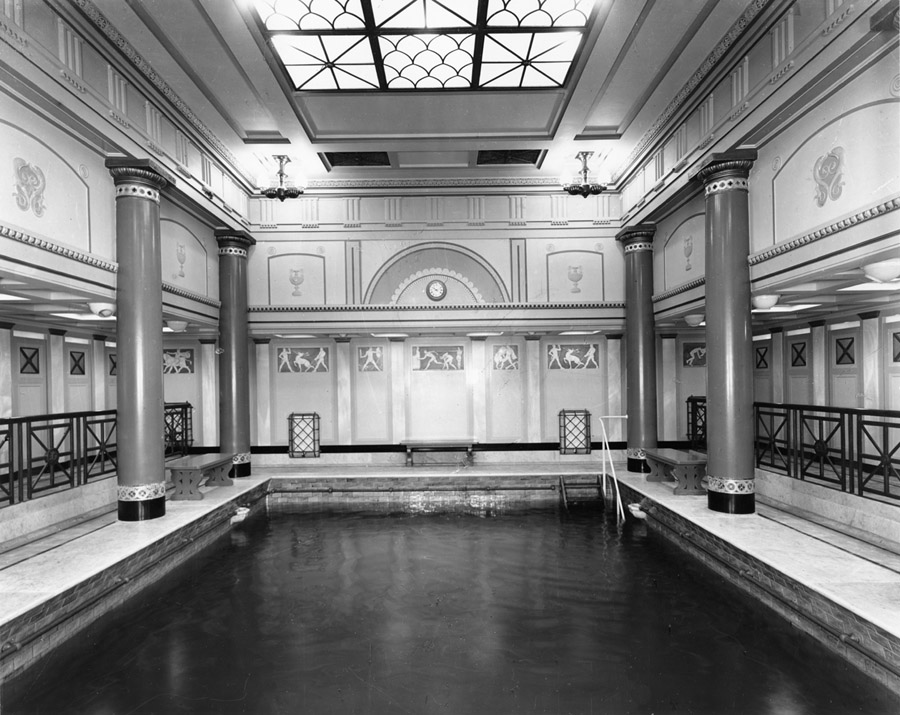
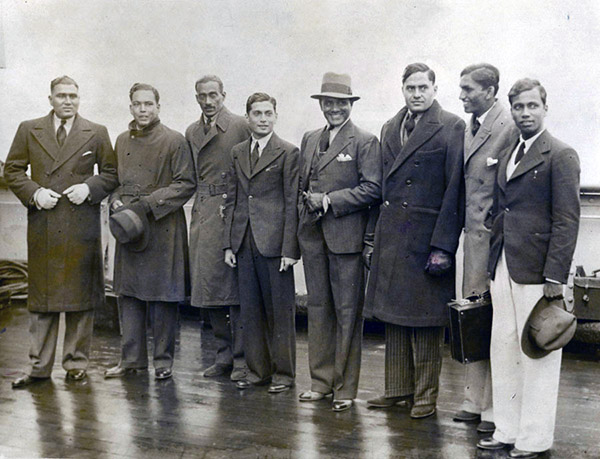
Indian Cricket Team travelling on board VICEROY OF INDIA in 1929
Towards a New India
But the days of the Raj and the ruling power of Viceroys were slowly waning.
The clamour for independence first voiced as early as 1905, and followed by the Government of India Act of 1919, was growing louder. A new subtle force was growing in the form of non-violent protest and passive resistance lead by Mahatma Ghandi. Following the first disobedience campaign in 1921, and the Salt Marches of 1930, Ghandi was gaining widespread support and publicity for India’s plight.
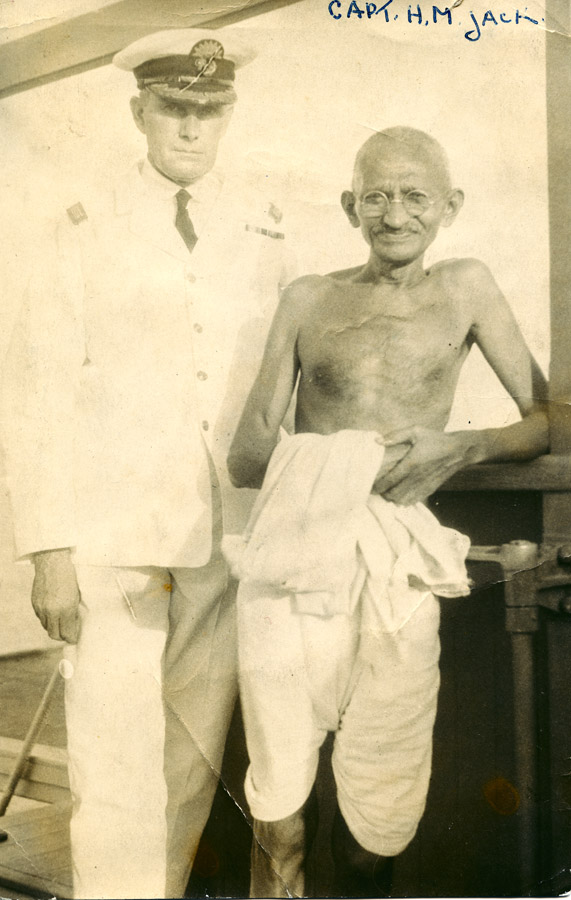
On 29th August 1931 the slightly-built, barely dressed figure of Ghandi boarded P&O’s RAJPUTANA for the journey to London for the Round Table Conference on Independence. Arriving at Port Said, Ghandi received an enthusiastic welcome.
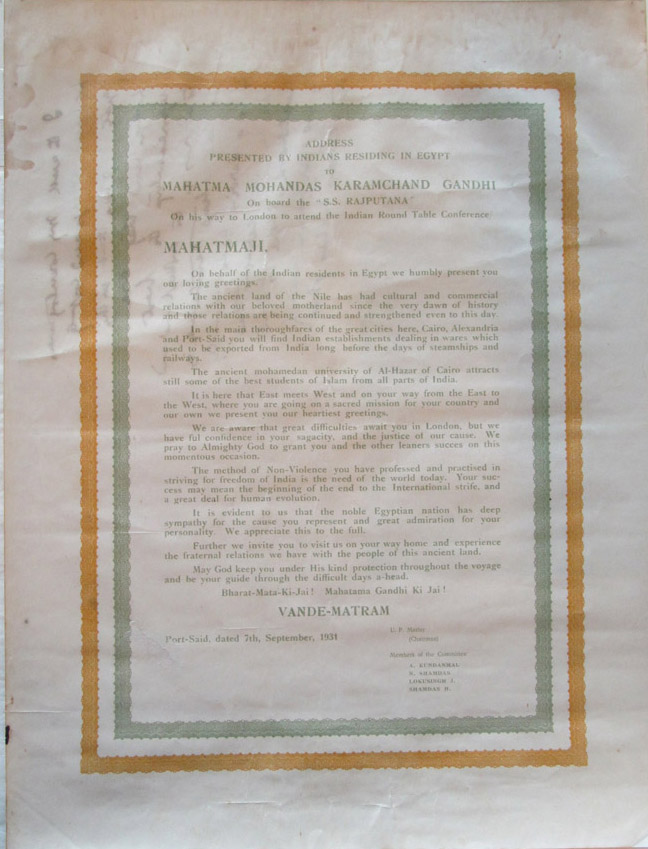
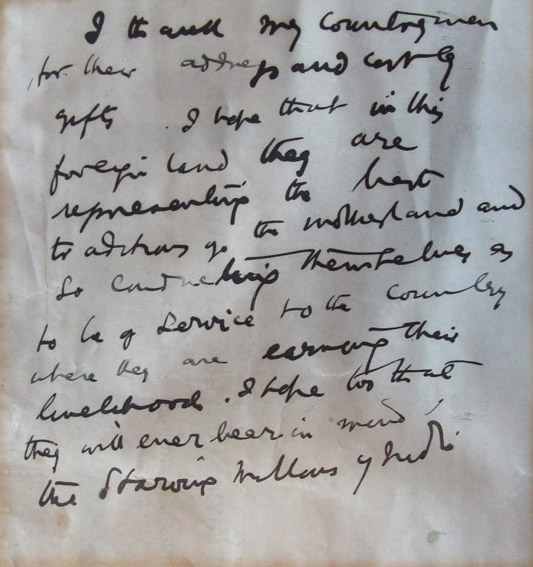
This rare document in the P&O Heritage archive includes handwritten draft response by Mahatma Gandhi in reply to the address by the Indian Residents of Port Said delivered on board RAJPUTANA on 7th September 1931.
The conference failed to manifestly advance the cause of independence, but the combination of the Second World War and the Ghandi’s ‘Quit India’ movement, launched in 1942, served to strengthen the resolve of the Indian people against British rule.
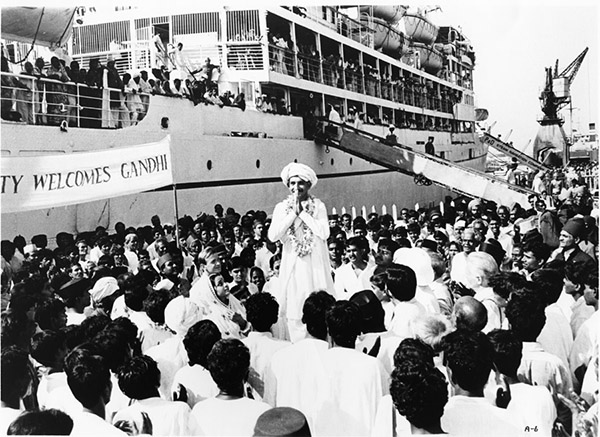
P&O's DWARKA used in the making of the 1982 film of 'Ghandi'.
1947 and Beyond
In 1947 Britain, weakened by war, sent its last Viceroy, Lord Mountbatten, to negotiate the end of British rule in India and ‘partition’, with all its tragic consequences. On the 14th August the independent and sovereign state of Pakistan was created and a day later, on the 15th August, India gained full independence.
.
Freedom caskets presented to P&O Chairman, Sir William Currie during his time in Calcutta.
P&O and BI continued to operate services to and from India in the immediate aftermath of Independence. But gradually the landscape changed. By 1961 the Company’s ship repair facilities at Mazagon dock and Garden Reach had been sold to the Government of India and BI had moved its headquarters to London, after over a century in Calcutta.
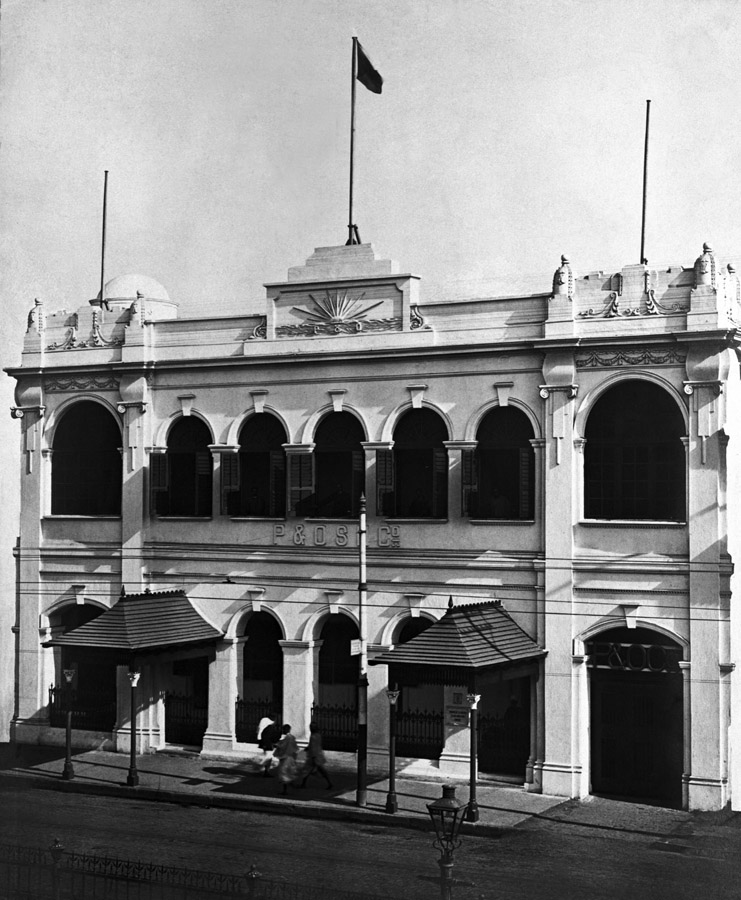
P&O Office in Calcutta
As more passengers took to the air, the 1970s saw the last P&O passenger liners sailing from Bombay.
P&O looked instead to cargo and the growth in containerisation. In 1995 the company again established an office in Bombay and became the first private terminal Operator in India. Nava Sheva International Container Terminal in Bombay (now Mumbai) was followed by Chennai Container Terminal in 2001.
Today and Tomorrow
Today DP World, who acquired P&O in 2006, operates 5 terminals in India and supports over 30% of India's container trade.
70 years after independence India has much to be proud of. This year the country will be rated as the world’s 4th fastest growing economy and, with the largest democracy on the planet, India has plenty of people power.
In May 2017 DP World announced its commitment to invest $1 billion in Indian infrastructure. Our special relationship with India, begun 175 years ago, looks set to continue long into the future...
All text & Images copyright: P&O Heritage
